Yates Account
Join now
Create a Yates account today!
Sign up to join the Yates Garden Club for monthly e-mails packed with seasonal inspiration, tips for success & exclusive promotions.
Plus if you’re a Garden Club member you can take part in the Yates Growing Community - a blog to share successes, get advice & win prizes in fun challenges along the way!

Forgot password
Enter the email address associated with your account, and we'll email you a new password.

Make a splash in your garden by introducing a water feature. A pond or water feature is a great way to introduce sense of tranquillity to your space, plus it can provide a valuable source of water for birds and insects and become a habitat for frogs and water plants. You can have it big or small – even pots or containers that are suitable for courtyards or balconies will work well – so you don’t need a lot of space to have one!
How to make your own pond in a pot:
- Look for a watertight container. Glazed ceramic pots and bowls without drainage holes make ideal water gardens, but also old bathtubs, lined wine barrels and plastic tubs can all be turned into fantastic small ponds. If there are drainage holes, plug them up with Selleys Knead-It Aqua.
- The larger the container, the more plants you can fit in! The type of water plants you can grow will also depend on the size and depth of the container. For example, some water lilies need to be grown at least 40 cm below the water surface.
- To successfully grow most water plants, the container should be positioned in a spot that receives at least 5 hours of sunlight a day. This is particularly important for flowering plants like water lilies. Shaded ponds are more likely to develop problems with algae.
- Fill the container to around two thirds full with fresh, clean water. The water level can be adjusted once all the plants are installed.
- An easy way to plant out your water garden is to purchase potted water plants from your local garden centre. They don’t need to be removed from their pots and can be gently placed straight into the water. Check the plant tags to see what water level your plants prefer. Tip! You can place bricks on the bottom of the container to help sit potted plants at their preferred water depth.
- Variety is the spice of life! Different water plants bring varying benefits and interest to your water garden. Some plants are underwater ‘oxygenators’ which help maintain water quality, some plants have colourful flowers (such as water lilies) while others have striking tall foliage, like papyrus.
There are also edible water plants like aquatic mint, nardoo and water chestnuts, so your water garden can be productive as well. A mix of different water plants will help create a more attractive and healthier water garden.
- Water plants need feeding, particularly during spring and summer when they’re growing rapidly. Look for specialised aquatic fertiliser tablets at your local nursery or aquatic plant store.
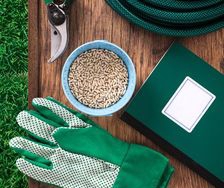
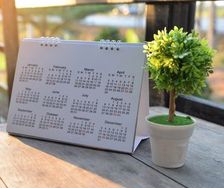
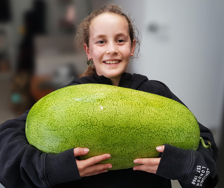
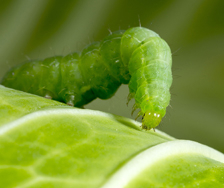
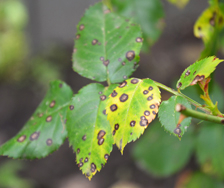
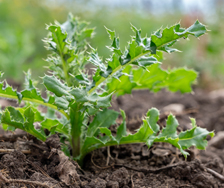
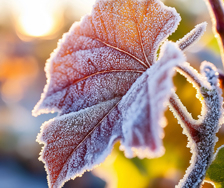
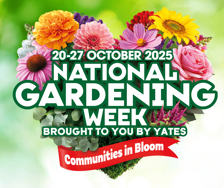





Share
Share this article on social media